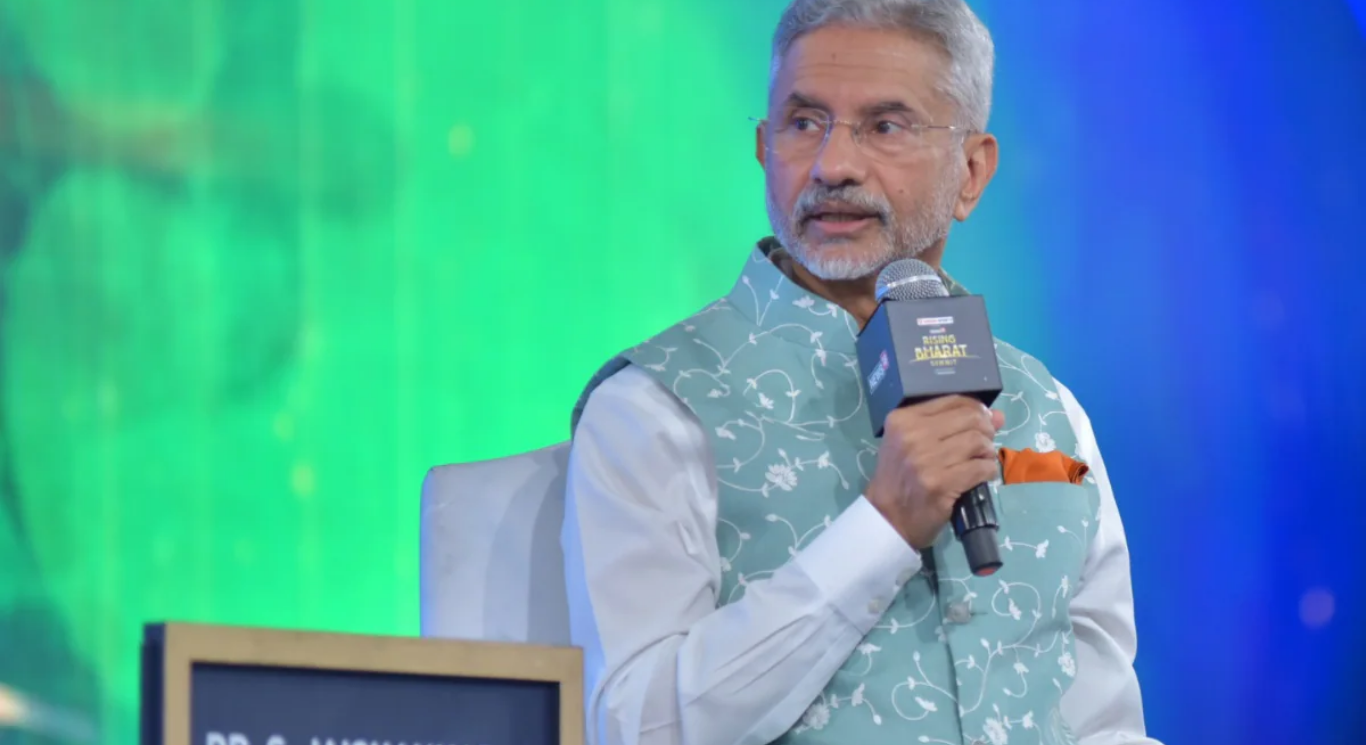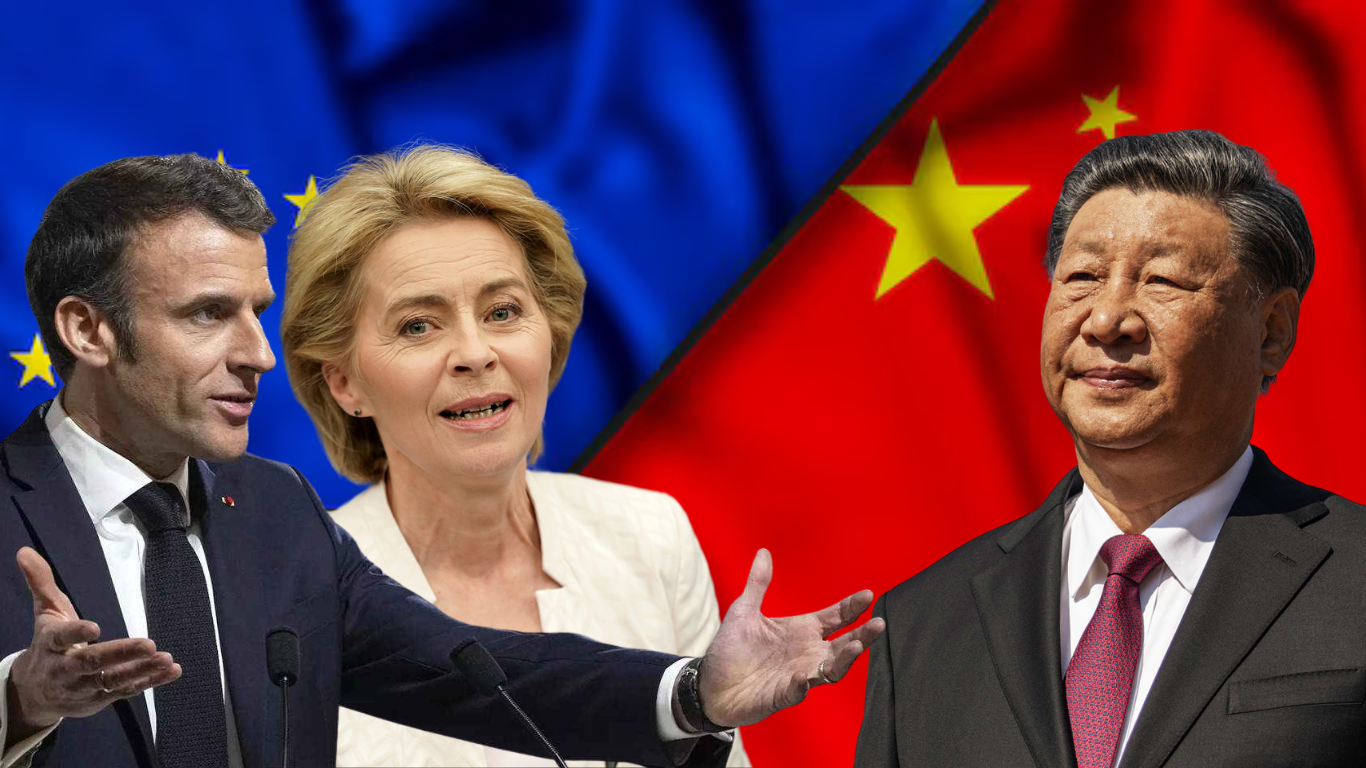










Both Indian and Chinese troops have begun disengaging from the Gogra-Hotsprings border area in the western Himalayas, two years after border clashes strained diplomatic ties.
The disengagement comes ahead of a meeting in Uzbekistan next week attended by Chinese President Xi Jinping and Indian Prime Minister Narendra Modi.
Both sides stated that disengagement was taking place in a coordinated and “planned” manner that would aid in maintaining border peace.
“The eyeball-to-eyeball contact has ended,” an Indian defence source said on Thursday, despite the fact that both countries had thousands of soldiers stationed along the de facto border, known as the Line of Actual Control (LAC).
“The forces have separated. They have not been expelled.”
“This is the first step toward a calmer LAC,” said the source, who did not want to be identified because they are not authorised to speak to the media.
According to China’s defence ministry, troops from both sides have begun to disengage in a “synchronised and planned” manner.
“This contributes to the maintenance of peace and tranquillity in border areas,” the ministry said.
India and China share an unmarked 3,800 km (2,360 miles) border, where their troops previously followed long-standing protocols to avoid the use of firearms.
Since June 2020, when Indian and Chinese troops clashed in the Galwan area of Ladakh, there have been 16 rounds of meetings between senior military commanders from both countries.
At least 20 Indian and four Chinese soldiers were killed in hand-to-hand combat, escalating tensions between the nuclear-armed Asian superpowers.
To match Chinese deployments, India moved 50,000 troops along contested areas in Ladakh, some of them at altitudes of more than 15,000 feet (4,572 m), where scarce oxygen and freezing temperatures can be fatal.
In February 2021, Chinese troops dismantled dozens of structures and moved vehicles to clear entire camps from the banks of the Pangong Tso lake in Ladakh as part of an agreement to withdraw their soldiers, some of whom were deployed in close proximity to one another.
Read more: India, France move UNSC to designate two Pakistanis as global terrorists









